
Starting June 1st, 2023 Our warehouse fee will be $0.65/cubic foot per month
In effort to lower the warehouse storage fee during inflation, we have went narrow aisle racking.This construction took us four months but the project is finally completed. With narrow aisle racking, we are able to drop storage by 24%.We as partners will go through this inflation together.
02/14/2024
Even when customers know you’re shipping hazardous materials to them, they don’t expect products to melt, catch fire, or explode. In the growing world of eCommerce, these issues threaten every business because they make customers hesitate before clicking that “add to cart” button the next time. In this post, we’ll look at some of the issues around third-party shipping hazardous materials and why your business may want to keep an eye on the news.
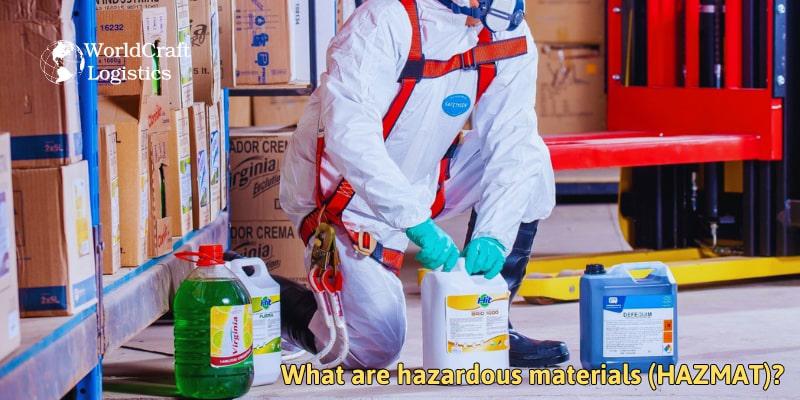
Hazardous materials, often referred to as hazardous substances or dangerous goods, are substances or materials that, due to their chemical, physical, or biological nature, pose a risk to the health and safety of people, the environment, and property. These materials can be found in various forms, including solids, liquids, and gases. Hazardous materials are categorized based on their potential risks, and they can be flammable, corrosive, toxic, explosive, radioactive, or pose other types of hazards.
In the United States, government codes regulate the transportation of hazardous materials. Shippers such as UPS and FedEx have their own rules about shipping hazardous materials too. These ensure companies comply with applicable laws and protect the safety of the carrier’s staff.
The federal regulations generally classify materials as hazardous if they are explosive, flammable, poisonous, dangerous when wet, infectious, radioactive, or corrosive. While you’re unlikely to sell plutonium or smallpox, your goods could fall into the hazmat category. That designation includes products containing a potentially flammable gas (as most aerosol spray cans do) or a flammable solid, such as the lithium batteries that Amazon UK shipped improperly.
Many of the products on the hazardous materials list below may not seem hazardous at first thought. However, we only need to think of Samsung to remember that even the devices in our pockets can turn explosive under the right conditions.
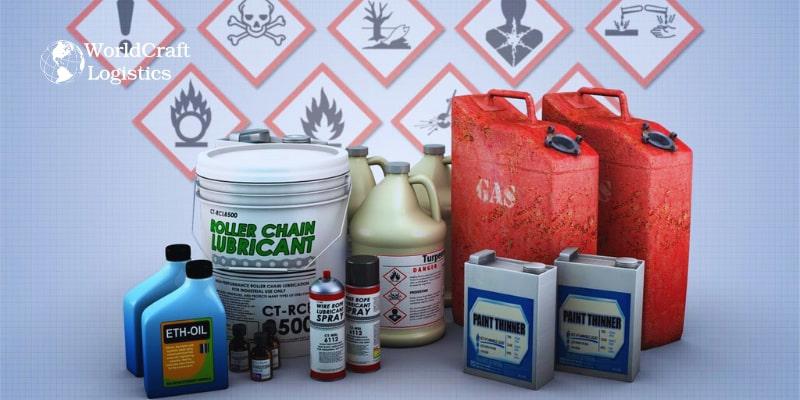
The classification of HAZMAT products is a crucial aspect of ensuring the safe transportation of potentially hazardous materials. Here's an overview of the nine classes of hazardous materials and their respective divisions:
Class 1: Explosives
Examples: Ammunition, gunpowder, fireworks, airbag inflators, seat belt pretensioners
Class 2: Gases
Examples: Aerosols, propane tanks, lighters, pepper spray, scuba tanks, fire extinguishers
Class 3: Flammable Liquids
Examples: Gasoline, nail polish, lighter refills, oil-based paints, paint thinner, varnish
Class 4: Flammable Solids
Examples: Matches, sulfur, coal, fish oil, potassium, sodium, sodium batteries
Class 5: Oxidizers/Organic Peroxides
Examples: Ammonium nitrate fertilizers, bleach, hydrogen peroxide, chlorine, sodium nitrate
Class 6: Toxic and Infectious Substances
Examples: Biomedical waste, arsenic, pesticides, nicotine
Class 7: Radioactive Material
Examples: Medical isotopes, radioactive medicines, isotopes used in research (Carbon-14, etc.), X-ray machines, depleted uranium
Class 8: Corrosives
Examples: Sulfuric acid, hydrochloric acid, sodium hydroxide, wet and NiCad batteries, drain cleaner, paint and paint stripper, mercury thermometers, barometers
Class 9: Miscellaneous Hazardous Materials
Examples: Dry ice, lithium-ion batteries, vehicles, first-aid kits
These classifications provide a comprehensive framework for understanding and managing the risks associated with transporting hazardous materials. It is essential for businesses and individuals involved in shipping to be aware of and adhere to these classifications to ensure the safety of the shipping process.
👉Read more: Commonly Shipped Undeclared Hazardous Materials by the Federal Aviation Administration (FAA)
Fulfillment centers and the shipment of hazardous materials can significantly enhance your eCommerce business. If your product inventory includes items classified as hazardous materials (hazmat), relying on a fulfillment center experienced in shipping such materials is crucial. As you may have already encountered, it is not as simple as walking into your local carrier's office to send an order containing restricted substances or products.
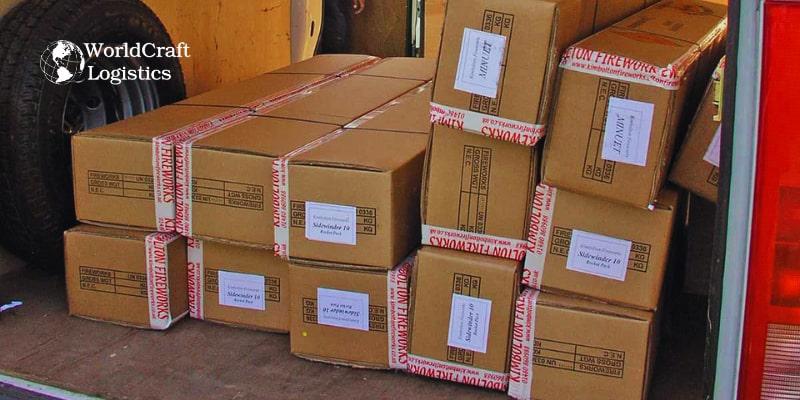
For instance, FedEx only accepts hazardous material shipments from approved shippers, and UPS requires properly prepared shipments using the carrier's software or an approved third-party vendor. Choosing a fulfillment center with established systems for adhering to regulations governing the shipping of hazardous materials is imperative.
Beyond the U.S. regulations outlined in Title 49 of the CFR, the U.S. Department of Transportation regulates hazmat transportation in interstate trucking. The International Air Transport Association and the International Civil Aviation Organization have established rules for international air shipments of hazardous materials. Additionally, the UN POP (United Nations Performance-Oriented Packaging) guidelines must be considered.
Have you and your employees undergone hazardous materials training to navigate these regulations effectively?
The landscape of regulations concerning the shipment of hazardous materials is intricate. Determining which regulations apply to specific carriers and shipments, both in the U.S. and for international freight, can be confusing at best and daunting at worst—especially if your primary goal is to send items like sparklers to different regions.
Once again, a fulfillment center, such as Worldcraft Logistics LLC, which operates as a third-party logistics provider (3PL) and specializes in shipping hazardous materials, can provide invaluable expertise. Their team will be well-versed in the applicable regulations, and your dedicated account manager can assist you in identifying the best shipping modes for hazardous materials, ensuring your sparklers light up the banks of the mighty Niagara or Colorado River seamlessly.
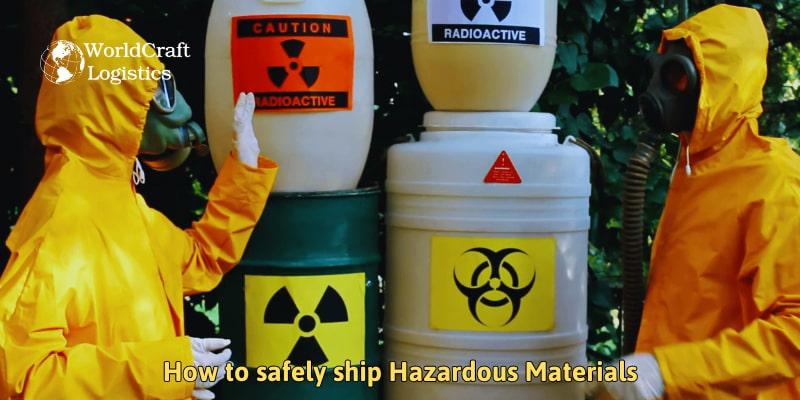
Shipping hazardous materials requires careful adherence to regulations and safety protocols. Here's a step-by-step guide on how to ship hazardous materials:
Provide a product safety data sheet (SDS) as required by law to those handling hazardous materials. The SDS contains essential information for safe handling and prevents mishandling.
Reach out to reputable carriers such as FedEx, USPS, UPS, and DHL, as they offer shipping options for hazardous materials. Each carrier has specific guidelines for handling hazardous materials.
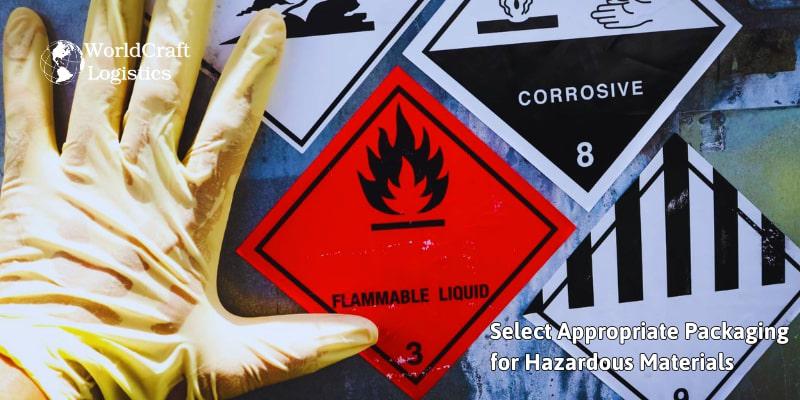
Adhere to specific packaging laws based on the type of hazardous material. For instance, dangerous liquids may require packaging in drums, which can be made of steel, aluminum, or plastic, depending on the substance.
Follow regulations for marking and labeling hazardous materials, considering factors like class, identification number, weight, etc. Properly marked packages are crucial for compliance and safe transport.
Some carriers require additional documentation for hazmat shipments. Prepare necessary paperwork, including the UN identification number, proper shipping name, hazard class, packing group, quantity, package details, emergency contact information, and shipper’s certification.
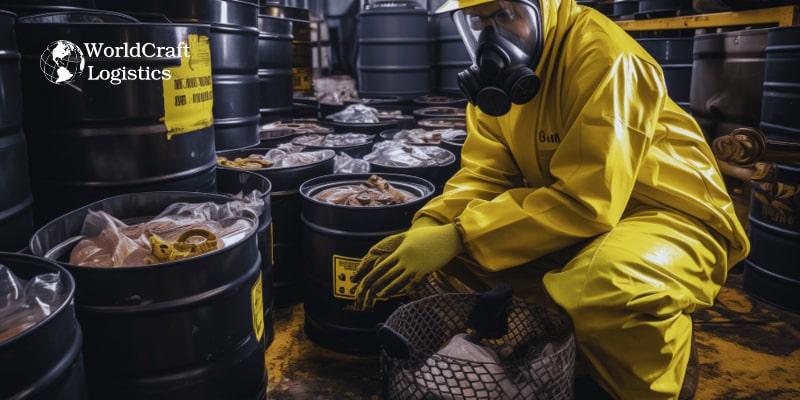
Understand any additional requirements specific to the carrier you choose. Different carriers may have nuanced rules and procedures for shipping hazardous materials, so inquire about all necessary details.
Remember to prioritize safety and compliance throughout the process to avoid delays, complications, and ensure the secure transportation of hazardous materials. If in doubt, consult with your chosen carrier and regulatory authorities to guarantee full adherence to relevant guidelines and regulations.
Some related articles:
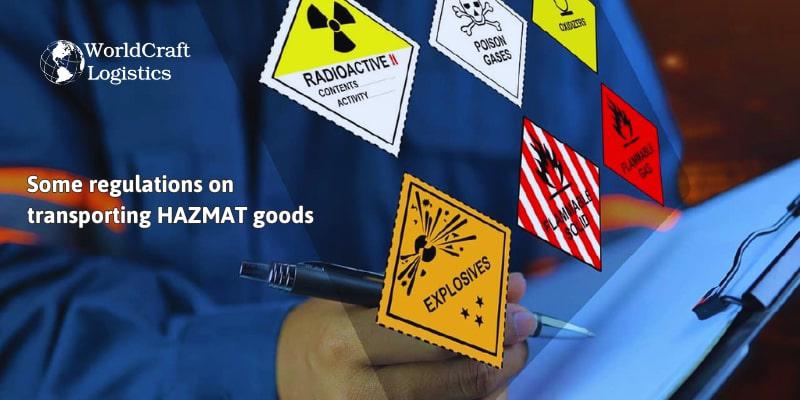
Understanding and adhering to regulations for shipping hazardous materials (HAZMAT) is crucial to ensure safety and compliance. Here are some key regulations that you should be aware of:
Title 49 of the Code of Federal Regulations outlines protocols for the preparation, shipping, and handling of dangerous goods within the United States. It is issued by the Departments of Transportation and Homeland Security. Access it here.
The IMDG Code provides guidelines for the safe shipment of dangerous goods via water or vessel. It is recognized as an international standard and is primarily used in international shipping. Compliance with the IMDG Code is essential for maritime transport safety.
ICAO sets international standards and regulations for civil aviation, including the transport of dangerous goods by air. IATA, in collaboration with ICAO, has its own set of regulations known as the Dangerous Goods Regulations (DGR). These regulations provide guidelines on how to properly prepare, handle, and accept shipments containing dangerous goods for air transport.
It's important to note that these regulations are dynamic and subject to updates. Staying informed about changes and amendments is essential for businesses involved in shipping hazardous materials. Additionally, proper training and certification in accordance with these regulations are crucial for personnel handling hazardous materials to ensure the safety of the shipping process and compliance with legal requirements. Always consult the latest versions of these regulations and any relevant national or international guidelines when involved in HAZMAT shipping.
Absolutely, noncompliance with hazardous material shipping regulations in the United States can indeed lead to significant fines and penalties. As you've mentioned, the U.S. Department of Transportation (DOT) enforces these regulations, and violations can result in substantial financial consequences.
The citation of 49 CFR Part § 107.329 outlines the potential civil penalties for violating federal hazardous material transportation laws. It emphasizes that a person who knowingly violates these laws is liable for civil penalties. Here are some key points from the citation:
Civil Penalty Amounts:
The civil penalty for each violation can be as high as $77,114.
If the violation results in death, serious illness, severe injury, or substantial destruction of property, the maximum civil penalty increases to $179,933 for each violation.
Minimum Civil Penalty:
There is no specified minimum civil penalty, except for a minimum civil penalty of $463 for violations related to training.
Continuing Violations:
When a violation is deemed to be a continuing one, each day of the violation constitutes a separate offense.
It's crucial for businesses involved in the shipping of hazardous materials to be diligent in adhering to these regulations, ensuring proper training, documentation, and safety measures to prevent violations. Given the potential financial and legal consequences, investing in compliance and staying up-to-date with regulations is not only a legal requirement but also a fundamental aspect of responsible and safe business practices.
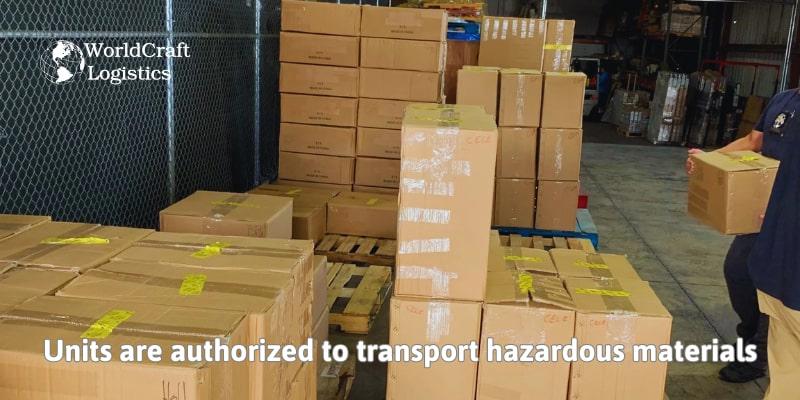
Understanding the specific rules and guidelines of major carriers when shipping hazardous materials is crucial to ensuring compliance and safe transportation. Here's a summary of the hazardous materials shipping services provided by FedEx, USPS, DHL, and UPS:
#1 - FedEx
Training and Approval: FedEx offers training and a comprehensive guide on shipping hazardous materials. This includes information on becoming approved to ship hazardous materials.
Battery Shipments: Specific guidance on shipping batteries is provided.
Services and Restrictions: Details on available services, as well as restrictions on accepted and prohibited materials.
Marking and Labeling: Guidelines on proper marking and labeling of hazardous materials.
Packaging: Information on the correct packaging of hazardous materials.
#2 - USPS
Restrictions: USPS ships hazardous materials but has restrictions on certain items for domestic and international shipments. Items like matches, aerosols, tobacco products, glues, and perishable items have restrictions.
Contact Local Post Office: USPS recommends contacting the local post office for specific guidance on shipping hazardous materials.
#3 - DHL
Adherence to Regulations: DHL adheres to IATA and ADR regulations, along with other applicable national legislation for shipping dangerous goods.
Guide for Shipping Dangerous Goods: DHL provides a comprehensive guide covering conditions for shipping, dangerous goods charges, shipper's responsibility, and additional important information.
HAZMAT Expert Contact: Information on contacting a DHL HAZMAT expert for assistance.
#4 - UPS
Training: UPS provides training for individuals new to shipping hazardous materials.
Guide for Transporting Hazardous Materials: UPS offers a guide that includes updated regulatory information, UPS hazardous material requirements, and examples of proper box markings.
Safety and Compliance: Information for safely and successfully transporting hazardous materials.
#5 - 3PL shipping company with professional service
For businesses or individuals involved in shipping hazardous materials, it is essential to consult the respective carriers' official guides and resources, attend training sessions, and stay informed about updates in regulations to ensure compliance and the secure transport of hazardous materials.
You are in need of a guaranteed freight service with optimal cost savings. 👉 CONTACT Worldcraft Logistics NOW
Transporting hazardous materials is complex and costly, given the extensive rules and regulations. Ensure all paperwork is in order and conduct thorough research before shipping. Consider working with a 3PL like Worldcraft Logistics LLC, specializing in hazardous materials fulfillment. Check worldcraftlogics.com for assistance. Safety and compliance are key, and professional expertise can streamline the process. If you have further questions, feel free to return. Good luck with your hazardous materials shipping!
SEO
Digital Marketing/SEO Specialist
Simon Mang is an SEO and Digital Marketing expert at Wordcraft Logistics. With many years of experience in the field of digital marketing, he has shaped and built strategies to effectively promote Wordcraft Logistics' online presence. With a deep understanding of the logistics industry, I have shared more than 500 specialized articles on many different topics.
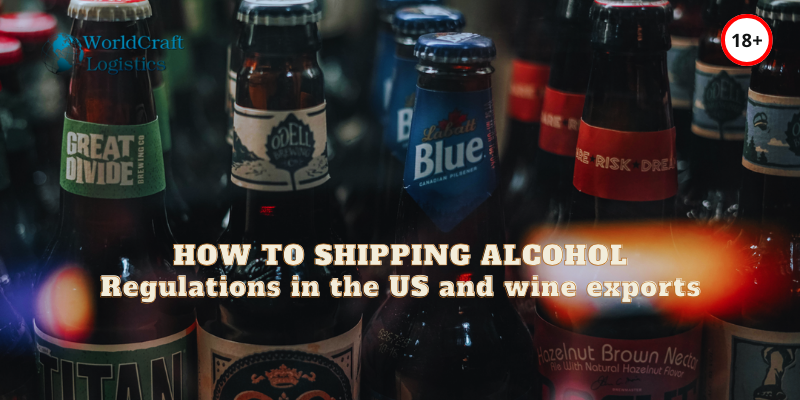
Shipping
12/21/2023
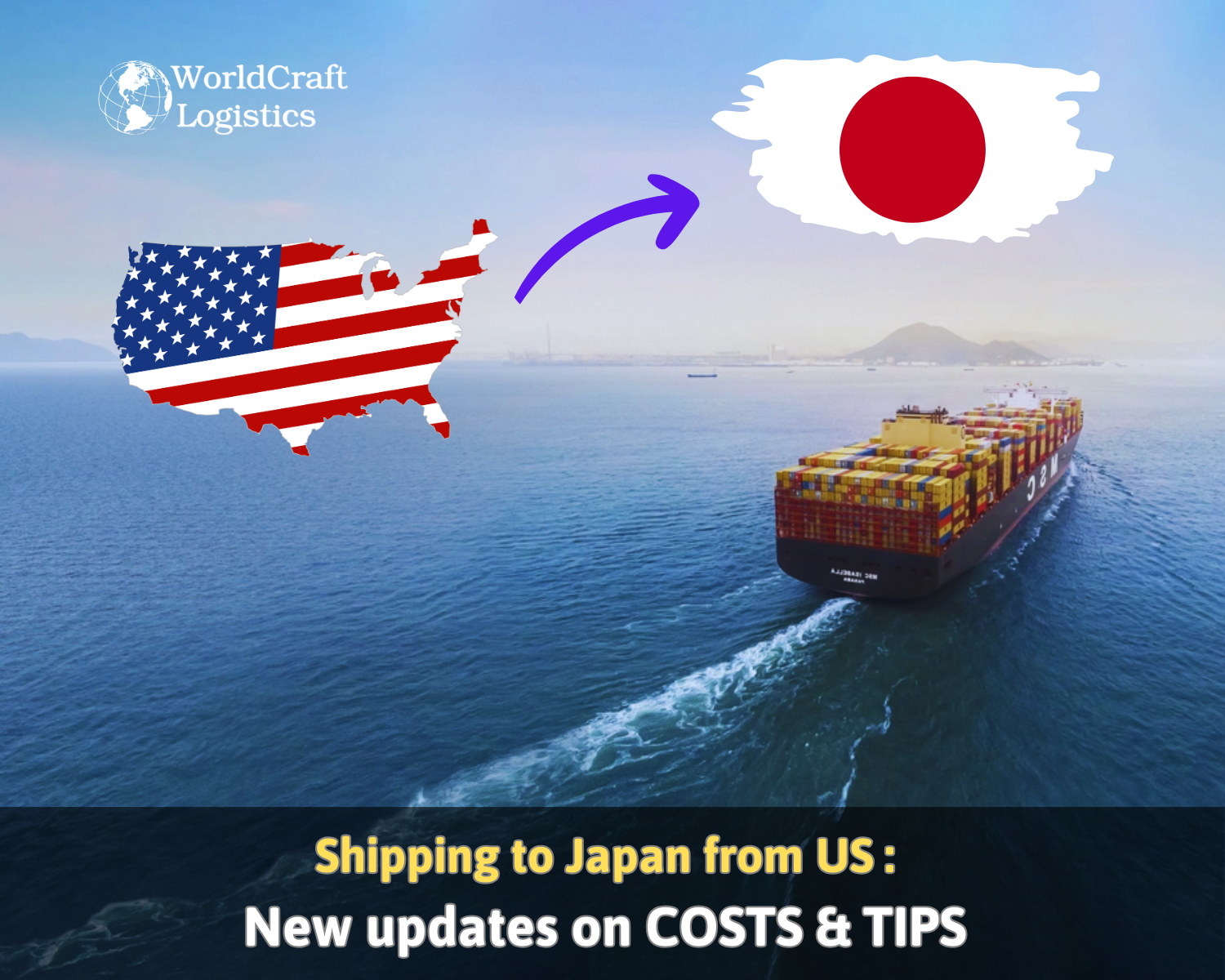
Shipping
02/28/2024

Shipping
12/24/2023
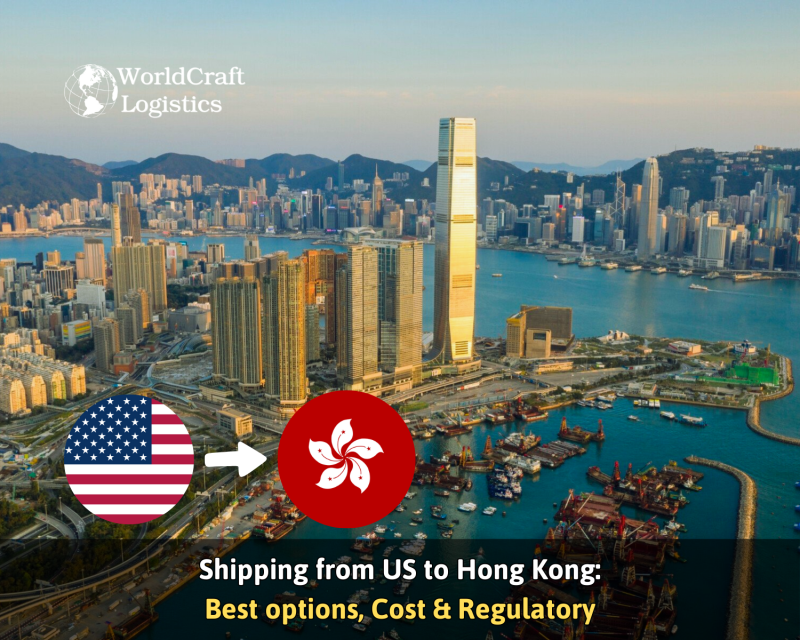
Shipping
04/02/2024
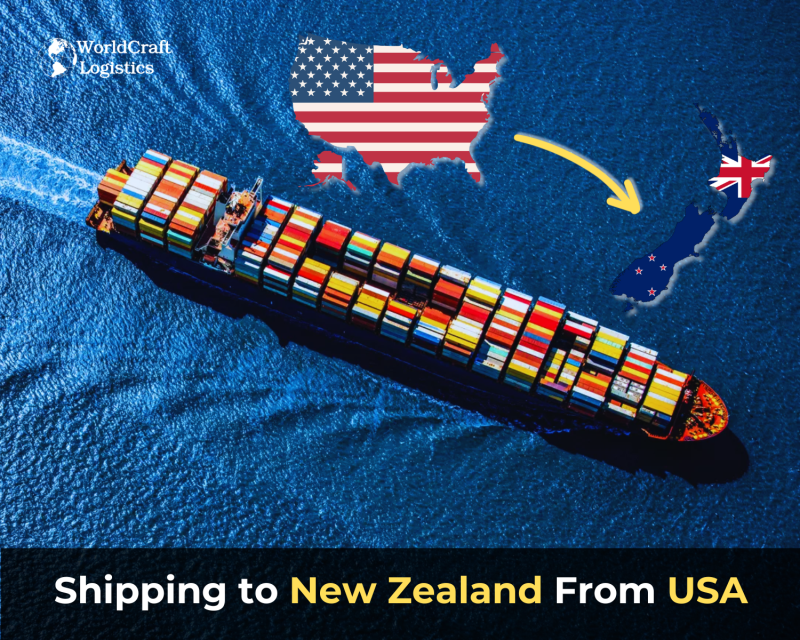
Shipping
11/04/2024